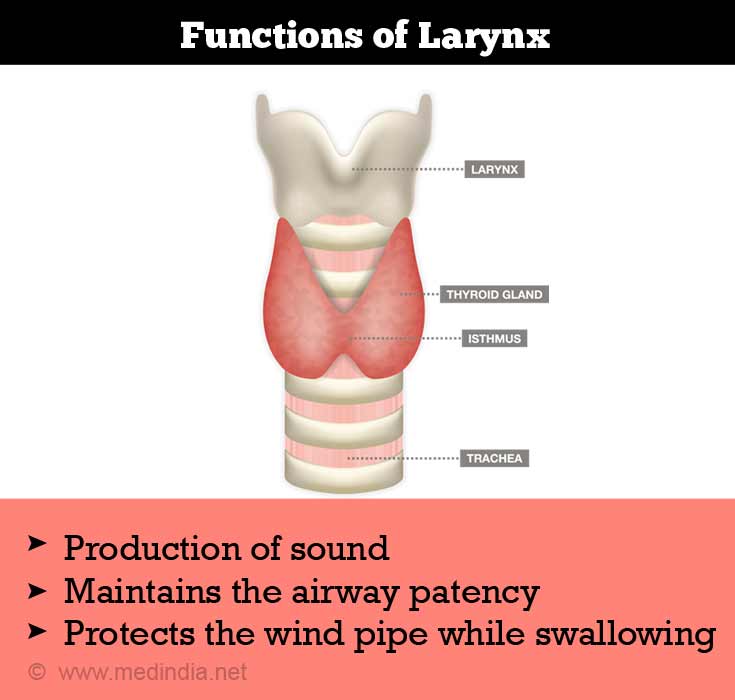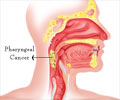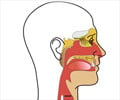- Head and Neck: Laryngeal Tumors: An Overview - (http://atlasgeneticsoncology.org/tumors/laryngealoverviewid5087.html)
- Risk Factors for Laryngeal and Hypopharyngeal Cancers - (https://www.cancer.org/cancer/laryngeal-and-hypopharyngeal-cancer/causes-risks-prevention/risk-factors.html)
- Laryngeal Cancer Treatment (Adult) - Patient Version - (https://www.cancer.gov/types/head-and-neck/patient/adult/laryngeal-treatment-pdq)
- Common Symptoms of Laryngeal or Voice Box Cancer - (https://www.rogelcancercenter.org/head-and-neck-cancer/voicebox/what-patients-should-know)
- Follow-Up after Treatment for Laryngeal Cancer - (https://www.cancer.ca/en/cancer-information/cancer-type/laryngeal/treatment/follow-up/?region=on)
- Laryngeal (Larynx) Cancer - (https://www.nhs.uk/conditions/laryngeal-cancer/)
- Signs and Symptoms of Laryngeal and Hypopharyngeal Cancers - (https://www.cancer.org/cancer/laryngeal-and-hypopharyngeal-cancer/detection-diagnosis-staging/signs-symptoms.html)
- The Laryngectomee Guide - (https://www.entnet.org/sites/default/files/laryngectomeeguide.pdf)
About
Other Names: Laryngeal Cancer, Laryngeal Carcinoma.
Laryngeal cancer is also called cancer of the larynx or throat cancer or laryngeal carcinoma. It usually affects men over the age of 55 years and first presents usually with symptom such as hoarseness of the voice. Early diagnosis has a curative rate, however late diagnosis may mean poor outcome or prognosis to treatment
The inside of the larynx is lined by thin, flat cells called ‘squamous cells’. Most of the laryngeal cancers form in these cells. A diagnosis of laryngeal cancer is typically entertained in an individual with a prominent smoking history and the complaint of a prolonged hoarse voice.(1✔ ✔Trusted Source
Head and Neck: Laryngeal Tumors: An Overview
Go to source)
What is Larynx - Be it melody, cacophony or a whisper, all goes to the credit of the larynx; commonly called the ‘voice box.’ The larynx is lodged just beneath the pharynx (throat) in the neck. It houses the vocal cords, which vibrate and produce sound by manipulating the air that strikes them. This sound echoes through the pharynx, mouth and nose to emerge as our voice.
The functions served by larynx are:
- Production of sound: As described above
- Maintain the airway patency
- Protect the windpipe while swallowing: When you swallow, the epiglottis (which is flap) covers the opening of larynx and prevents the food from entering lungs

The larynx has three parts:
- Supraglottis: It is the upper part of the larynx above the vocal cords and includes the epiglottis
- Glottis: It is the middle part that lodges the vocal cords
- Subglottis: It is the lower part of the larynx that lies between the vocal cords and the
windpipe (trachea)


















